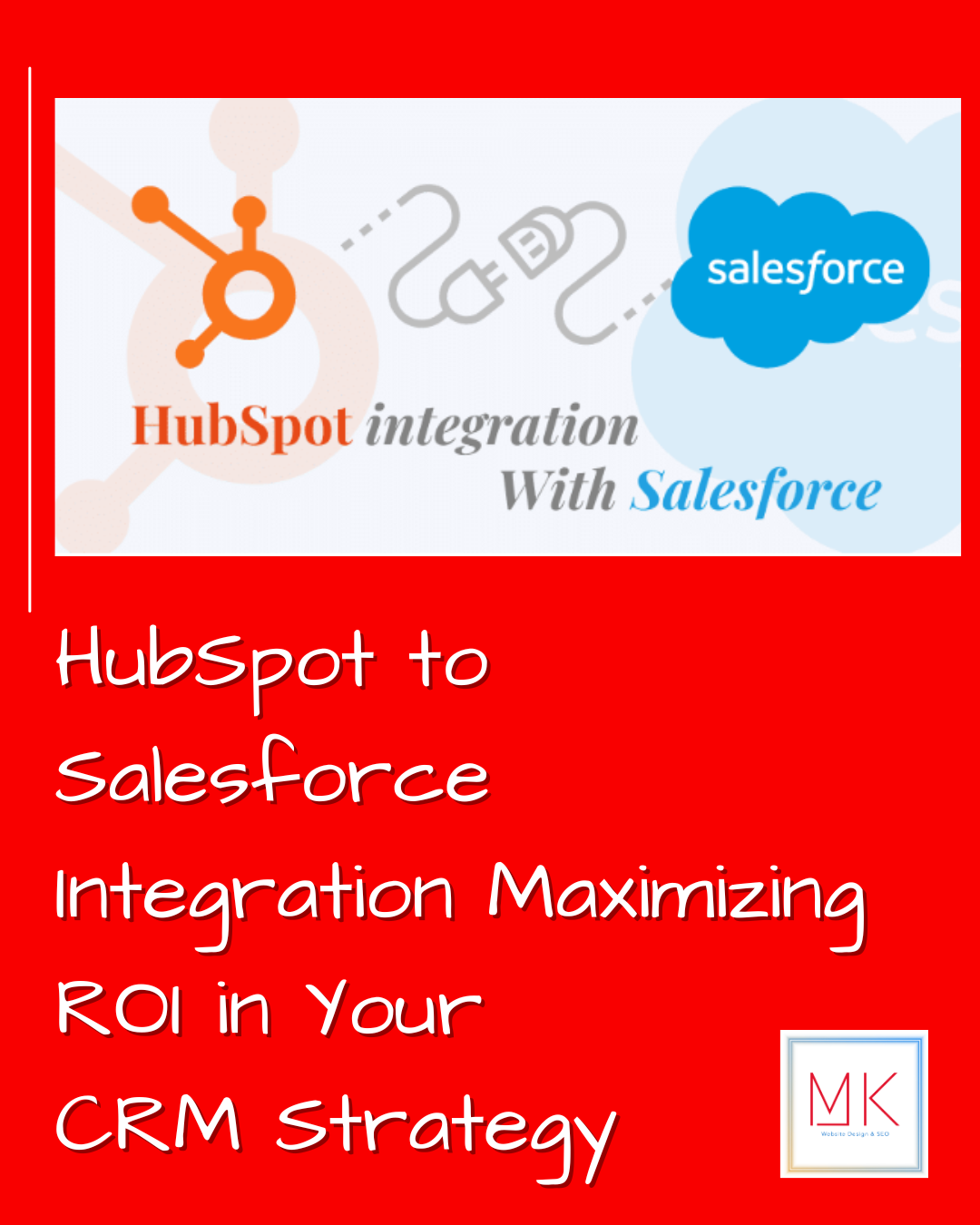What is HubSpot to Salesforce Integration?
HubSpot to Salesforce Integration is a transformative process that seamlessly links two powerful CRM platforms, optimizing strategies for enhanced business performance. This integration ensures a unified data flow between HubSpot and Salesforce, providing a comprehensive view of customer interactions. By synchronizing these platforms, businesses can streamline their CRM processes, break down data silos, and cultivate a cohesive ecosystem that maximizes the impact of customer relationship management strategies.
How to Execute HubSpot to Salesforce Integration?
Executing hubspot to salesforce integration involves a systematic approach. This step-by-step guide emphasizes the practical aspects of connecting HubSpot to Salesforce, from configuring data mappings to setting up workflows. Successful implementation hinges on careful planning, collaboration between teams, and leveraging the integration tools offered by both platforms. Ensuring data consistency and adopting best practices during the integration process are critical for achieving a seamless and efficient connection.
Why Integrate HubSpot with Salesforce for Maximized ROI?
The decision to integrate HubSpot with Salesforce is driven by the desire to maximize return on investment (ROI) in CRM strategy. This integration breaks down operational silos, facilitating a unified CRM approach. It enhances lead management, accelerates sales cycles, and improves overall customer engagement. By aligning sales and marketing efforts, businesses gain strategic advantages, ultimately resulting in increased ROI. This synergy between HubSpot and Salesforce transforms CRM strategies, ensuring businesses harness the full potential of their customer data for sustainable growth.
Tips for Maximising ROI in HubSpot to Salesforce Integration
Maximizing ROI in HubSpot to Salesforce Integration demands careful consideration and strategic execution. Valuable tips include defining clear objectives, involving key stakeholders, and conducting thorough testing to identify and address potential challenges. Maintaining data integrity, choosing the right integration tools, and fostering open communication among teams is crucial for optimizing the return on investment. By incorporating these tips, businesses can navigate the integration journey successfully and ensure that the CRM strategy is enhanced for maximum ROI.
Types of Integration Strategies: HubSpot to Salesforce
Diverse integration strategies cater to the unique needs of businesses seeking to maximize ROI in CRM strategy through HubSpot to Salesforce integration. From lead management to process automation, businesses can choose strategies that align with their specific objectives. Data synchronization ensures consistency, while customized integrations offer flexibility. Marketing-focused integrations enhance collaboration in lead nurturing and campaign management. Understanding these types of integration strategies empowers businesses to tailor their approach, ensuring that the integration aligns seamlessly with their CRM strategy goals.
Strategic Alignment: How HubSpot to Salesforce Integration Enhances CRM Strategy
HubSpot to Salesforce Integration goes beyond technical synchronization; it strategically aligns CRM strategies for superior business outcomes. This integration fosters a unified approach to customer relationship management, enhancing visibility into sales and marketing initiatives. Sales teams benefit from real-time access to marketing data, optimizing decision-making. Simultaneously, marketing efforts are refined with insights from sales interactions. The strategic alignment achieved through this integration streamlines communication, accelerates lead conversion, and enhances overall CRM strategy for sustained success.
Success Stories of HubSpot to Salesforce Integration
Real-world success stories offer tangible evidence of the transformative impact of HubSpot to Salesforce integration on CRM strategy. Businesses across industries showcase how this integration has optimized processes, improved customer engagement, and resulted in a measurable increase in ROI. These examples highlight the adaptability and effectiveness of HubSpot to Salesforce integration in diverse business scenarios, providing valuable insights and inspiration for organizations considering or currently undergoing the integration journey.
Future-Proofing Your CRM Strategy
HubSpot to Salesforce integration emerges as a forward-looking strategy, essential for future-proofing CRM strategies. By leveraging the combined strengths of both platforms, businesses can adapt to evolving CRM trends and technologies. This integration becomes a cornerstone for agility, ensuring that CRM strategies remain effective and aligned with evolving business needs. As businesses embrace innovation and secure a competitive edge, HubSpot to Salesforce integration stands as a proactive measure to future-proof CRM strategies for sustained success in a dynamic business landscape.
Conclusion
HubSpot to Salesforce Integration proves to be a strategic imperative for businesses, offering a pathway to maximize ROI in CRM strategy. This transformative alliance not only streamlines processes but also elevates customer engagement through synchronized efforts. By breaking down data silos and fostering a cohesive ecosystem, businesses enhance lead management, accelerate sales cycles, and optimize overall customer interactions. The result is a tangible impact on ROI, solidifying the integration as a pivotal strategy for sustained success in the dynamic landscape of customer relationship management.













